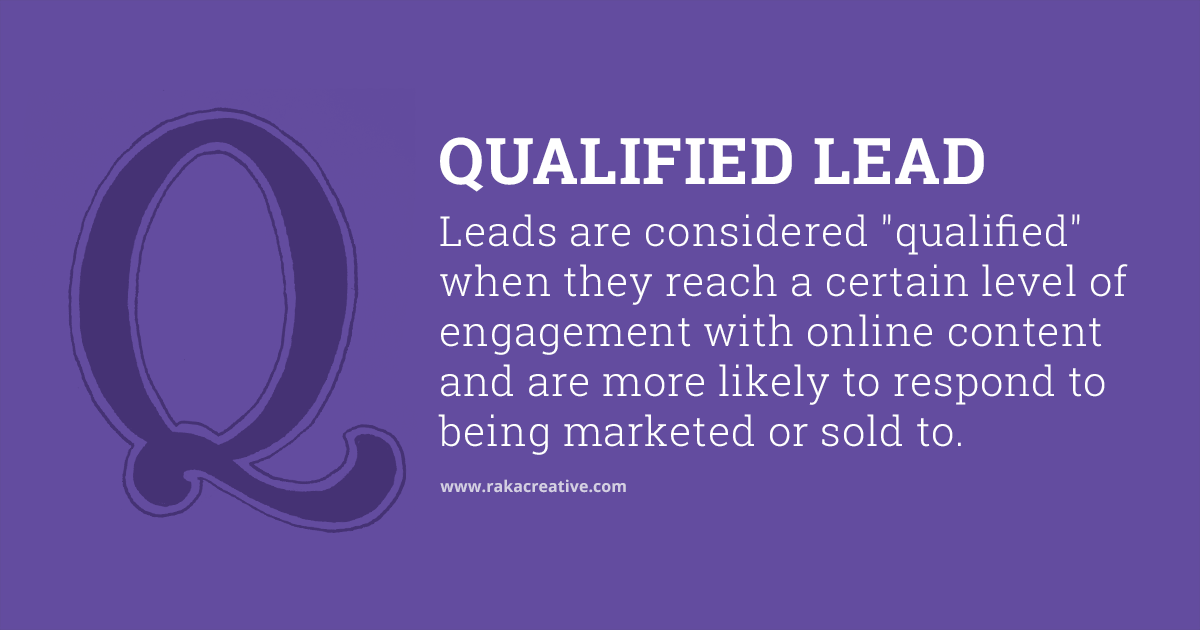Could your website design or content be getting in the way of sales? Because of their large databases and reliance on direct website sales, e-commerce sites come with their own specific set of challenges for SEO and user experience (UX).
With e-commerce, there’s a higher burden of proof to demonstrate legitimacy and trustworthiness, which is why it’s so important to design your SEO blueprint with users at the forefront of your strategy. Luckily, these days most SEO best practices naturally encourage the type of user experience, intuitive design, and transparency that both users and search engines value.
So, what elements should you be sure to have in place as you optimize your e-commerce website?
Clean URLs
Because they often use vast databases of products, many e-commerce sites have product listing pages whose URLs might look something like this:
www.example.com/products/8831/qp/032949/ref=pm_yd_ux_?f=WTFDOES=TH1SM3AN
That’s not doing you any favors. A URL like that doesn’t give search engines any indication of what types of products they can expect to find on your page, nor does it instill the highest confidence in your more web-savvy customers.
If possible, develop a URL naming convention based on the category/type and name of the product, then stick to it. If you have too many products to spend time creating URLs manually, see if your developer can build a clean URL from the product category (often a taxonomy term) and product name. Ideally, your URL would look something like this:
www.example.com/products/accessories/paper-tassels-green-gold.html
The popular e-commerce platforms Magento, WooCommerce, and Drupal Commerce all have great URL rewrite management capabilities. They also offer a wealth of downloadable articles, training guides, white papers, courses, and programs for making the most of their CMS.
Unique meta information
Because they often carry multiple products with very similar descriptions, many e-commerce sites fall into the trap of repeating their title, description, alt, and h tags across all pages of similar content. It’s easy to see why this happens, but the reason you have separate pages for each of these products is that they’re different enough to warrant different pages.
That means they’re also different enough to warrant unique meta information. So take the time to provide unique title, meta description, image alt text, and h1 tags for each of your product pages. In many cases, they will be similar, but by adding differentiating details you’re giving search engines a better chance at pointing customers to exactly the product they’re looking for, and you’re making it very clear to users why they’ve ended up on a specific page.
Unique product descriptions
Here’s another area where uniqueness is key. When you add products to your site, don’t use the manufacturer’s description. They have likely used it on their site already, as has anyone else who is selling their products. When search engines see the same content across multiple sites, they view it as duplicate content and discount the weight of those pages.
Plus, there’s no way to differentiate your listing from the dozens of other listings using the same description. By the same token, try not to duplicate descriptions across your own pages. This confuses both users and search engines and doesn’t add anything of value to your product listings.
Trust indicators
Speaking of trust indicators, what first impression does your site give off? Is your homepage cluttered full of text? Do you host banner ads? Do you auto-play videos or music? What do your color palette and font choices say about your business? What about your shopping cart and lead forms?
There are dozens of factors that indicate trustworthiness, and it pays to consult with an experienced UX designer when considering the structure of your site pages.
Mobile optimization/responsive design
Is your site optimized for mobile devices? Non-responsive/non-mobile sites are hard to browse on smartphones and tablets, leading to a higher bounce rate and less customer satisfaction. Additionally, non-mobile optimized sites indicate a lack of consideration for the user, which often translates into a lack of trust.
Mobile-friendliness is a clear ranking factor. Google gives mobile-friendly websites precedence in search engine results—meaning that if your website isn’t mobile-optimized, your chances of ranking well are pretty low.
Clear path to action
Good UX design does more than instill a sense of security in your website users. It also lays out a clear path to action. When you arrive at a site that’s cluttered with information, drawing your attention in 10 different directions, there’s a good chance you’ll leave without ever interacting with the content you may be most interested in.
The best e-commerce sites have a clear purchase path. Whether that means well-organized category pages with lots of whitespace and great category sorting, or simple targeted calls to action on each page, you’ll score the most conversions when your users can find the information they want in as few steps as possible.
Rich snippets/structured data
If you aren’t using structured data on your e-commerce site, you could be missing out on serious search traffic. Structured data helps search engines and users better understand the content on your website by allowing you to set definitive parameters for presenting results in SERPs. This makes your results stand out from the pack, and gives users the opportunity to dive into the information that’s most useful for them, right from your listing.
When it comes to schema markup, the more detailed you can be the better. But if you don’t have time to fill out all the parameters available, some must-have rich snippets for e-commerce sites include:
- Product name
- Price
- Reviews/ratings
- Availability
- Image
- Product description
Personalized & dynamic content
The importance of having personalized content as part of your inbound marketing strategy is only continuing to grow, and e-commerce sites are a great place to experiment with marketing automation. Tools like HubSpot’s Content Optimization System let you serve different content to different visitors based on their previous interactions with your site. So if Joe Lead spent 15 minutes browsing product page A, the next time he visits your site he can be met with a highly targeted CTA or case study directing him back there and/or suggesting similar products.
E-commerce websites are a beast all their own, and we’ve only just skimmed the surface of how to tame them. Above all, before embarking on an e-commerce website update, it makes sense to consult with an experienced digital agency that can help you make sense of the many SEO and UX considerations you’ll encounter along the way.






